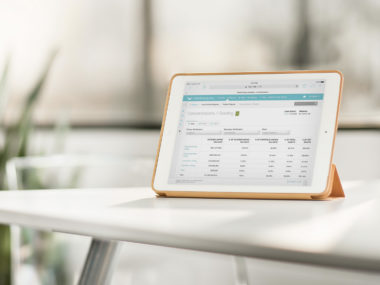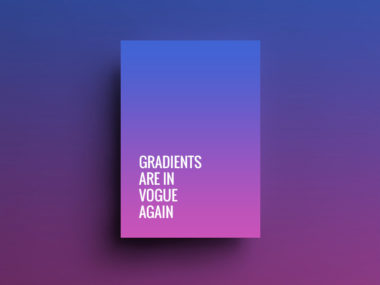Blue is for boys and pink is for girls! It’s time to change the fixed mindset and bring in gender-neutrality.
The new-age designers have realised it. They have stamped out the gender-biased stereotype designs and are focusing on the diversity for better online user experience.
Yes, agreed, some products from the marketing perspective do demand gender-attention design but what about products or services with a broader spectrum? Is it really necessary? Isn’t that confining the reach? Let’s clear your doubt.
Surprising Statistics!
According to recent statistics, 56% of people searching online for sports accessories are female while 68% of men look for skin care products. Probably, you must have not even imagined such stats.
However, from the above figures, it’s apparent that designing an all-inclusive website is a smart move that’s irrespective of caste, creed, religion, age and now certainly gender.
So what is gender-neutral website design?
Pink for girls and blue for boys is just a cliche and clearly signifies gender bias. If you want your website appeal to both men and women then avoid using shades of blues and pinks.
Gender-neutral colours
Every piece of content on your website tells your brand story but it depends on the typeface whether it will convey to men or women. Smooth, curved, rounded, flowing fonts are considered to be feminine while strong, thick stroked, straight, geometric fonts come under the masculine category.
Gender-neutral typography
A picture is definitely worth a thousand words, it is the easiest way to denote the type of website. A single wrong image can convey wrong message before even going through the complete site. For example, if a technology-centric website has only male dominating images, it will be kind of offensive to the women who visit the site. Your site will engage both the genders only if they feel represented.
Choice of images
Even icons are part of the visual impact. Just because they are small, do not underestimate them, even if they denote masculinity and femininity. Curved and smooth icons are mostly considered to be feminine and straight, sharp edged icons are masculine types.
Choice of icons
He, she, his, her is a big NO if you are designing a gender-neutral website. So be very careful while writing for web. Choose pronouns smartly.
Gender-neutral pronoun
Eliminating gender distinction is the future of design. And probably neutral appeal is the right path to take as it’s essential for wide acceptance and progress.







